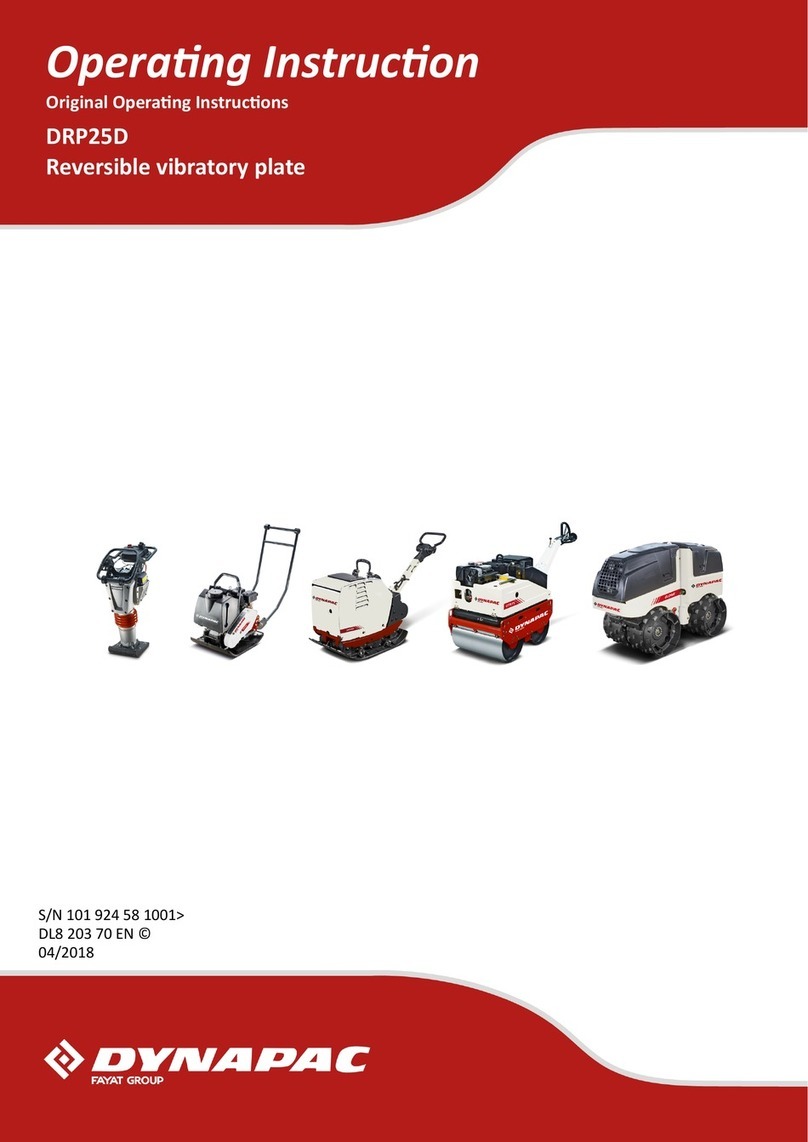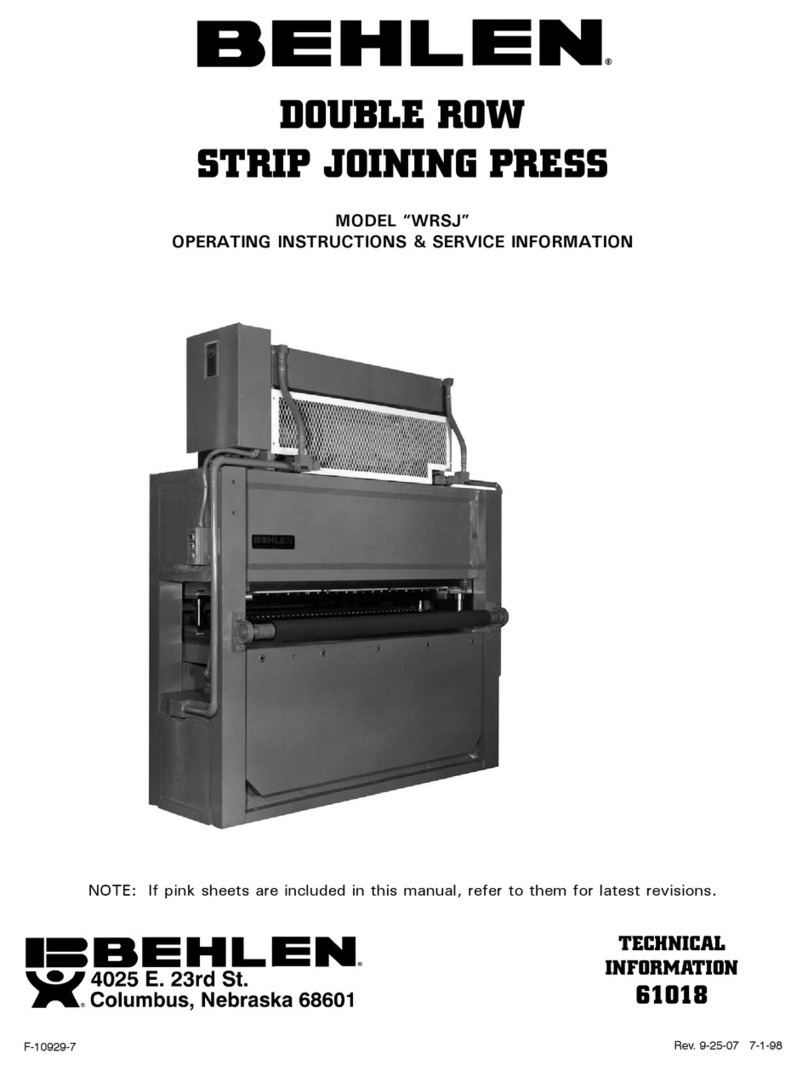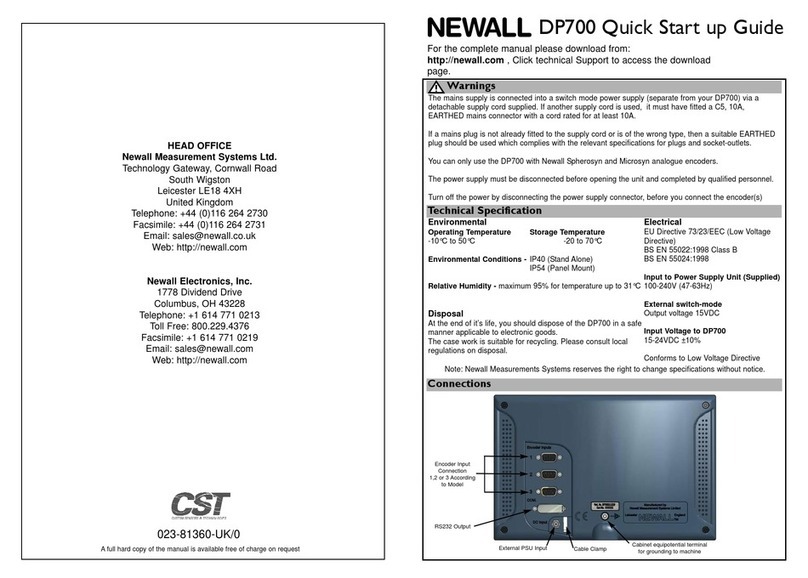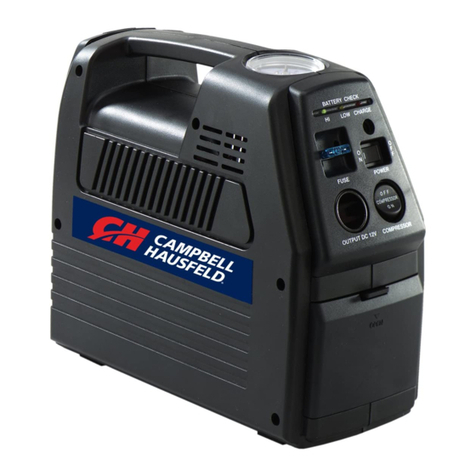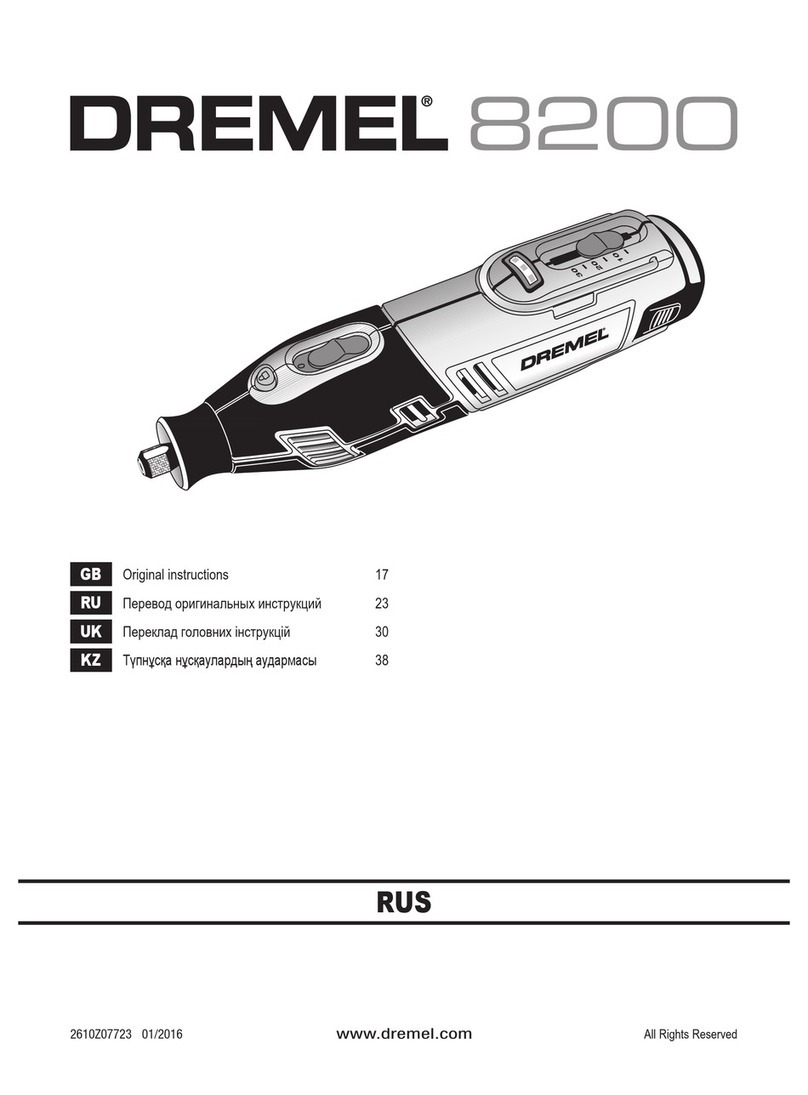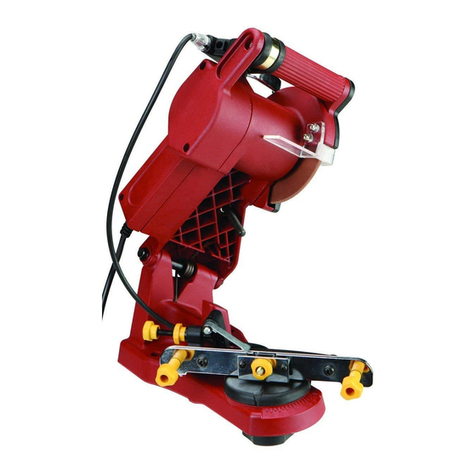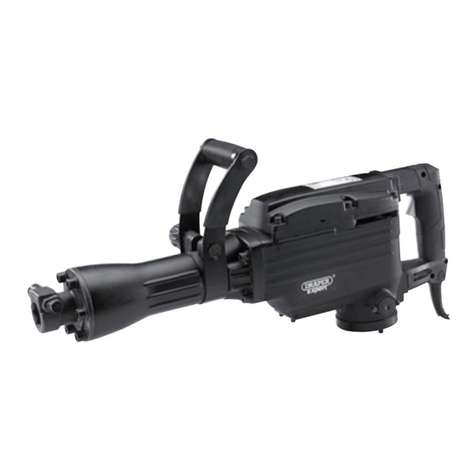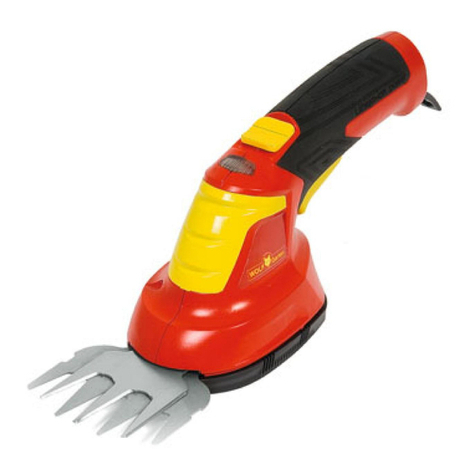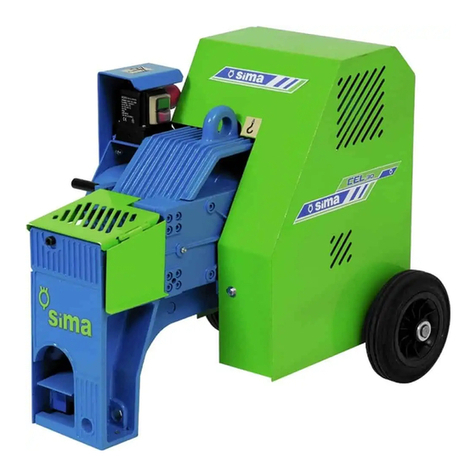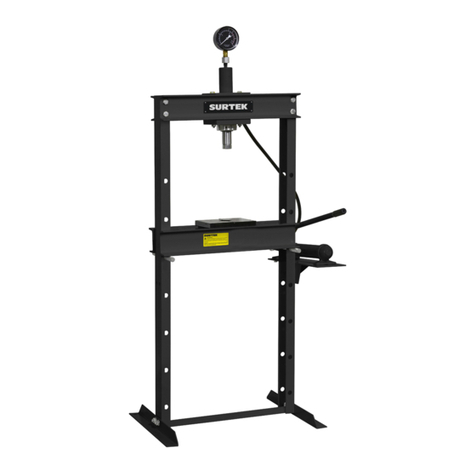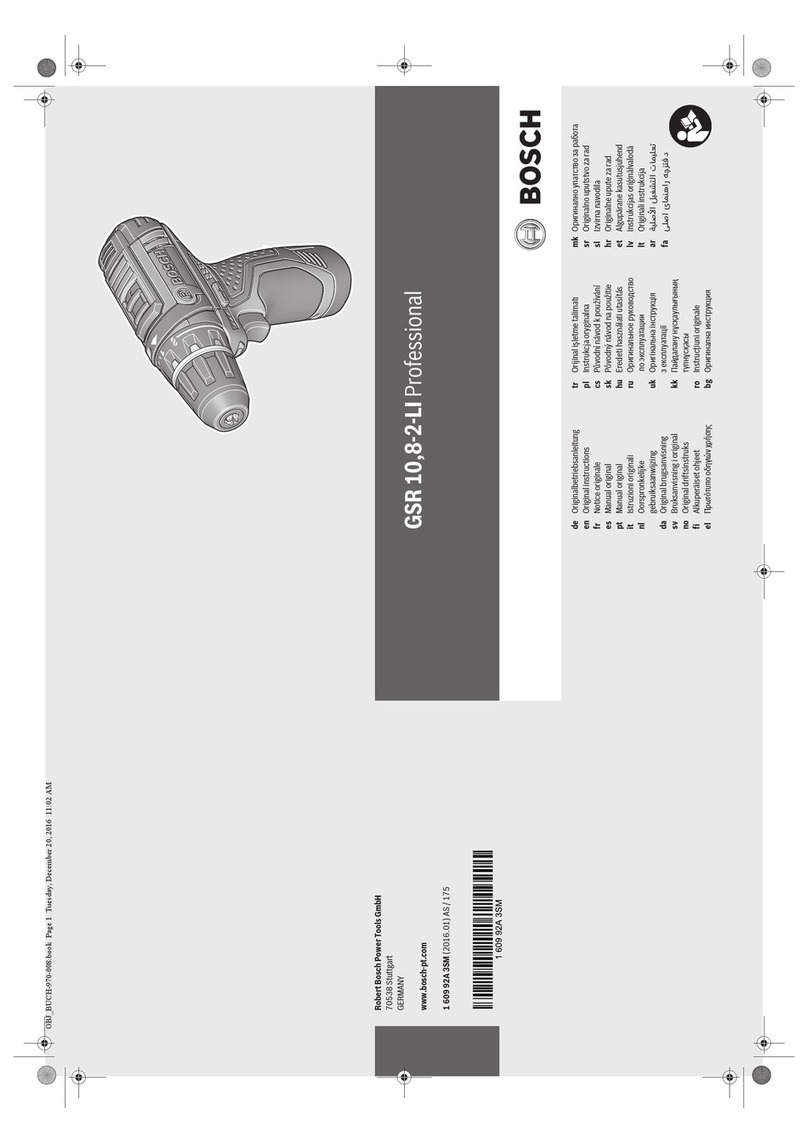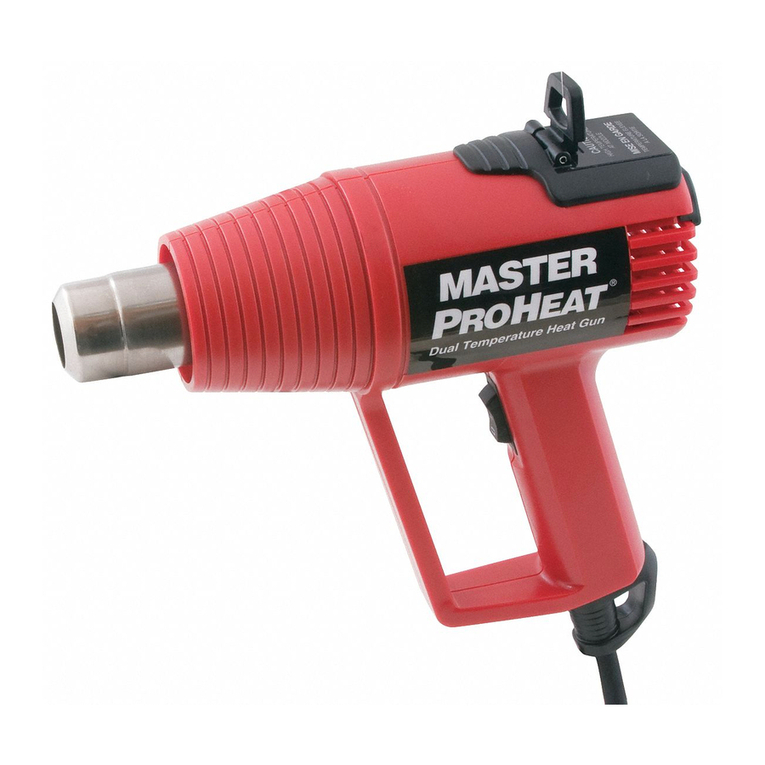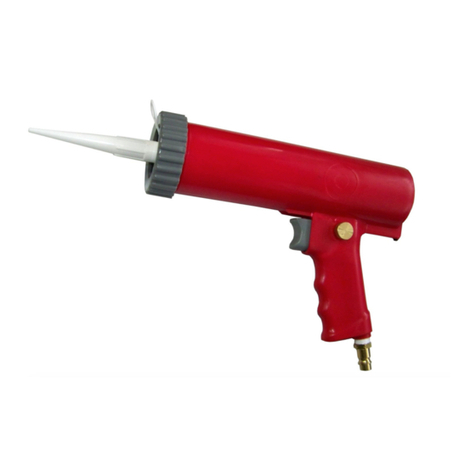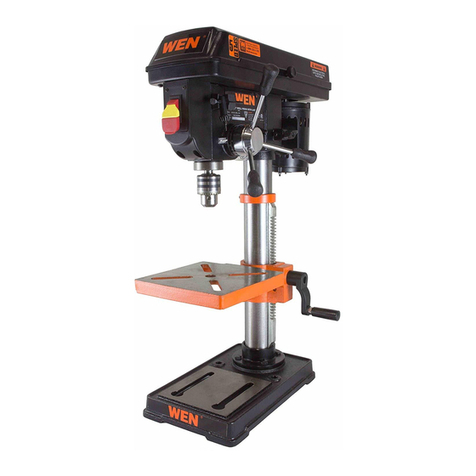SLACKTIVITY seaHorse-1.5 User manual

Seite: 1/2
A
B
<45°
anti-slippage knot tie-off
Fold the webbing at
the place you want
to anchor it and feed
it around the Hollow-
CenterDiverter.
Push the FrontPin through both holes and
the loop, while pushing the button. Make
sure the webbing is not stuck and installed
correctly. Check if the LockPin is closed, be-
fore tensioning.
Tensioning: Feed the webbing (A)
to the seaHorse, while pulling the
tail (B) away from the seaHorse.
Before you start slacklining, tie
the anti-slippage knot and a tie-off
around the tree with an appropri-
ate knot on the tail of the webbing.
(see page 2)
WLL: 12kN / MBS: 70kN
For slackline webbings
»of Polyester/Polyamid/UHWMPE
»25-27mm width
»up to 8mm thickness
The HollowCenterDiverter can be used to anchor a
tensioning system (e.g. HangOver-PulleySystem).
Weblock & RiggingPlate in one
Tip: HangOver on a sling attached with a girth hitch to the HCD. Load with max. 6kN.
Tip: Pull the PinConnectionCord to the
side before tensioning. This reduces for-
mation of twists/cranks and thus facilitates
tensioning.
English
Please check regularly for updated versions of this manuel on slacktivity.com
HollowCenterDiverter (HCD)
BallLocking BackPin (11.2 mm)
PinConnectionCord
Make sure at each use that the balls of the pins are locked outside of the
seaHorse body. You can double-check that by trying to pull out the pin with-
out pressing the green button.
Attention! Dirt can prevent the automatic latching of the locking mecha-
nism. Therefore this check is important!
The HollowCenterDiverter must not be used as primary anchor. The sea-
Horse would turn by 180° and thereby lose the webbing locking ability.
An angle of 45° of the an-
choring slings must not be
exceeded to prevent too
high expanding forces.
Care must be taken to ensure proper alignment of the slack-
line and the anchor connection. Thereby the slackline should
not be twisted.
4. Lifespan and replacement
Under optimal storage conditions and with occasional and appropriate use
without obvious wear and tear there is no life time limitation. In general, the
service life of the seaHorse is reduced when used in extreme conditions, in
environments with salt, sand, snow, ice, moisture or in chemicals. In some
circumstances, the seaHorse can sustain damage to such a degree that its
service life is reduced to a single use. Before each use check the condition
of the seaHorse in function, degradation, wear, corrosion, deformation and
cracks. In case of damage the product must immediately be withdrawn from
further use. Especially in case of severe wear of
the aluminium body, the seaHorse should not be
used anymore. This is the case when the holes
are not round anymore or when deformation,
cracks or brows occur. The PinConnectionCord
can be replaced by a standard rubber cord (diam-
eter 3mm) if damaged.
Transportation and storing
The product must be stored dry and protected
from light, separated from sharp objects, acids,
bases & solvents.
Tip softRelease
When using the seaHorse in combination with a softRelease, connect
the loop of the softRelease to the shackle. This prevents untwisting of
the shackle pin when releasing.
The seaHorse must be installed hanging
freely. No support.
2.
1.
3.
4.
MANUAL
«seaHorse-1.5»
V4.0
In highlining there is a potential
risk of accident, severe injury
or death. Therefore this product
must only be used by trained or
otherwise competent persons
or people that are under direct
supervision and visual control
of such a person.
Markings
Before using this equipment, you must read and under-
stand all instructions for Use.
Weight: 263g
Only the displayed connection elements
are allowed to use with the seaHorse
softRelease
deadManPlate
ConnectionLoop
Rundschlingen
Carabiners (according to EN 362 or EN
12275) are not approved for highline use.
Exception is the use of carabiners for tie-off
and backup.
Allgemeiner Hinweis
1. Area of application
The seaHorse is a weblock for xation of slackline
webbings in slackline-systems and highlines.
The seaHorse is approved for the slingle and double
wrap method.
Use only ISA:41 approved webbing for highline applications.
2. How to setup
BallLocking FrontPin (11.2 mm)
Tip: A large loop is easier to install / handle
3. Warnings
seaHorse-Body
made of Aluminium 7075
© by SLACKTIVITY

Seite: 2/2
Manual
Video
https://youtu.be/z3smBHxE7bI
anti-slippage knot
tie-off
Put the folded tail coming out of the seaHorse in between
the BackPin and the HollowCenterDiverter. Make sure that
the webbing is straight and not twisted.
Pull through enough webbing to wrap around the sea-
Horse and the tie-off later. Make sure that the line is tight
against the HollowCenterDiverter.
English
With low tension slacklines (common in highlines) micro slippage might occur. This means the webbing slips millimeter by
millimeter out of the weblock. This is not a malfunction, but a consequence of how the weblock is build. The anti-slippage
knot and the tie-off demonstrates in the video and this manual completely stops this micro slippage on most lines. With very
slippery webbing it’s at least minimized and will be stopped when the tie-off is tensioned. Most important the anti-slippage
knot prevents any tail misalignment caused by slippage of the weblock. Tail misalignment by tail-walking could lead to
complete failure of locking the webbing.
Be sure to always tie-off your weblock/webbing so that your line will always stay connected to the anchor point.
More information about micro slippage and
tail-walking and the tutorial “How to tie-off the
seaHorse” can be found in this video.
4. Anti-slippage knot & tie-off
4.1 4.2 Wrap the tail of the webbing around the seaHorse (in be-
tween the FrontPin and the HollowCenterDiverter).
Which direction to wrap around doesn’t matter.
4.3 Now put the tail of the webbing into the Hollow-
CenterDiverter in a way that the webbings are
crossing once.
4.4
Pull the knot tight around the seaHorse. Make sure the webbing is
nicely on top of one another and not twisted.
4.5
You can tie-off the seaHorse in multiple
ways (for example A+B).
4.6
Back-up option A
Back-up option B
Take the webbing coming out of the HollowCenterDiverter and the other end
of the webbing coming from the seaHorse and pass them both around the
anchor point. Tie them together with an appropriate knot (for example: Double
Fishermans knot). Make sure the tie-off is a relatively tight. The benefit of this
backup is that no extra material is needed.
Make a Figure-8-knot (or double fig. 8) with the webbing coming out of the
HollowCenterDiverter and connect it with an additional carabiner or shackle
to a separate sling/anchorpoint.
The benefit of this tie-off is that it is easy to check and easy to tie.
Do not forget!
Before you release the softRelease, untie your tie-off.
Webbing-Slippage & Tail-Walk
Contact
SLACKTIVITY.CH Ltd.
Döri 2, 8765 Engi, Switzerland
Phone: +41 77 408 03 57
Email: info@slacktivity.ch
URL: www.slacktivity.com
Additional Informations
Developed & designed by SLACKTIVITY Switzerland
manufactured in Taiwan
Please report incidents and accidents with slacklines
on this URL: sair.slacklineinternational.org
© by SLACKTIVITY
